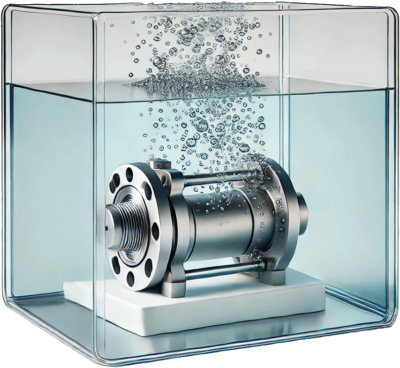CONCEPT OF LEAK & FLOW TESTING
Leak testing and flow testing are essential quality control processes used to ensure the reliability and performance of systems, components, or sealed assemblies. While leak testing identifies and measures leaks to prevent failures and enhance safety, flow testing verifies that the proper flow rate of gas or liquid is maintained under specific conditions. Together, these processes play a critical role in industries such as automotive, aerospace, medical devices, and manufacturing, ensuring products meet stringent performance, safety, and compliance standards. By integrating both leak and flow testing, businesses can optimize product quality, minimize risks, and enhance customer satisfaction.







